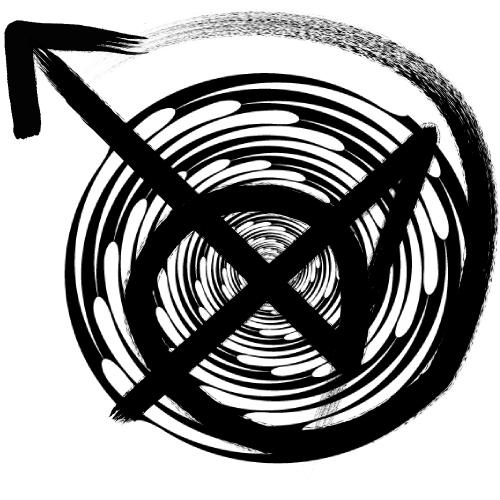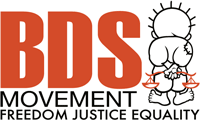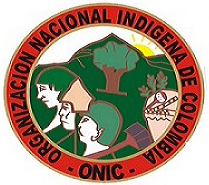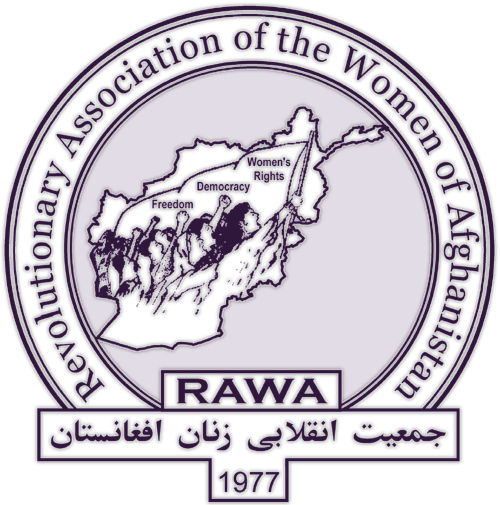Venezuela
'Fascism' and the Venezuela protests
Days of street clashes between opponents and supporters of Venezuelan President Nicolás Maduro have left five dead, with scores injured or detained. The demonstrators, mostly students, blame the government for violent crime, high inflation, chronic shortages, and what they charge is repression of opponents. They are calling for Maduro to resign. The street fighting has mostly been in middle-class areas of Caracas, where it seems we are treated to the unlikely spectacle of well-heeled youth throwing Molotov cocktails at police and blocking streets with burning trash. Authorities even said a funeral procession for revered folk singer Simón Díaz, who died Feb. 19 aged 85, was held up by "violent groups" blocking roads. (Reuters, Feb. 20) Widely blamed for inciting violence is the leader of the right-wing Voluntad Popular party, Leopoldo López. CNN reported that López turned himself in Feb. 19 to face murder charges—which CNN reported the following day had been dropped. Opposition leader Henrique Capriles has also been supporting the protests, but is publicly urging nonviolence. The unrest extends beyond Caracas, with the government mobilizing troops to Tachira state following protests there. Maduro has also threatened to expel CNN from the country if it does not "rectify its coverage" of the protests. (BBC News, Feb. 20)
Bolivia, Venezuela reject US drug criticism
On Sept. 13, the White House released its annual score card on other countries’ compliance with US drug policy demands, the presidential determination on major drug producing and trafficking countries. It identified 22 countries as "major drug transit and/or major illicit drug producing countries," but listed only three—Bolivia, Burma, and Venezuela—as having "failed demonstrably" to comply with US drug war objectives. Among those countries that are not listed as having "failed demonstrably" are the world's largest opium producer (Afghanistan), the world’s two largest coca and cocaine producers (Colombia and Peru), the leading springboard for drugs coming into the US (Mexico), and the weak Central American states that serve as lesser springboards for drug loads destined for the US. They are all US allies; Bolivia and Venezuela are not.
Venezuela withdraws from OAS rights body
Venezuela's withdrawal from the American Convention on Human Rights went into effect this month, drawing the condemnation of rights groups across the hemisphere. The withdrawal was one of the Hugo Chávez’s last decisions as president, and took effect one year after he announced Venezuela's official "denunciation" of the American Convention, also known as the San José Pact. Upon the withdrawal, President Nicolás Maduro reiterated Chavez’s charge that the Inter-American system is a US pawn: "[T]he US is not part of the human rights system, does not acknowledge the court's jurisdiction or the commission, but…the commission headquarters is in Washington. Almost all participants and bureaucracy that are part of the [Inter-American Court of Human Rights] are captured by the interests of the State Department of the United States."
Venezuela: Maduro charges 'electrical coup'
A sudden massive blackout on Sept. 3 affected 15 of Venezuela's 23 states, affecting 70% of the national territory and causing traffic chaos as traffic lights went out. The Electrical Energy Ministry said one of the main transmission lines on the national grid had failed. President Nicolás Maduro immediately blamed sabotage, saying "all signs indicate that the extreme right has implemented its plan to carry out an Electrical Coup [Golpe Eléctrico] against the nation." The blackout struck at peak hours in Caracas, around 1 PM local time, and also affected cities Maracay, Maracaibo and Barcelona. The nation's oil refineries, which are powered by a separate grid, were not affected. Venezuela has repeatedly experienced rolling blackouts in recent years. In 2010, then-president Hugo Chávez signed a decree declaring an "electricity emergency" to address the problem.
Venezuela: Yukpa killed in land confrontation
On Aug. 4, Venezuelan army troops and agents of the CICPC special investigative police intervened in a confrontation between indigenous Yukpa residents of Chaktapa village in the restive Sierra de Perijá and local ranchers over disputed lands, leaving one community member dead. The killed man was initially identified as the son of Yukpa cacique (traditional leader) Sabino Romero, whose own murder earlier this year remains unsolved. Subsequent reports based on interviews with Chaktapa residents denied this, but cited villagers as blaming Ganaderos de Machiques (GADEMA), the local ranchers' association, for provokong the conflict. Several village residents have been killed in confrontations with ranchers encoraching on traditional Yukpa lands in recent years. (Apporea, Aug. 4)
Venezuela gets a 'birther' conspiracy theory
This is too funny. Venezuelan opposition leader Henrique Capriles last week demanded that President Nicolás Maduro, political heir to Hugo Chávez, clarify his citizenship status: "Where were you born, Nicolás? Venezuelans want to know. Will you lie? Show your birth certificate." It began with the claim that Caracas-born Maduro—son of a Colombian mother and Venezuelan father—holds a dual Venezuelan-Colombian citizenship, which would disqualify him from the presidency. But it quickly escalated as the opposition began distributing a supposed facsimile of his birth certificate, showing that Maduro was born in Cúcuta, Colombia. The Colombian authorities (no friends of the chavistas, needless to say) immediately issued a statement dismissing the facsimile as a crude forgery. (Bloomberg, Aug. 2) This is made doubly amusing by the fact that during the presidential race last year, chavistas utilized ugly propaganda implying that Capriles' nativist creds were in question because of his Jewish ancestry.
Latin leaders react to blocking of Bolivian flight
In a bizarre and largely unexplained incident, on July 2 several Western European countries denied the use of their airspace to a Bolivian plane carrying the country's president, Evo Morales, home from a gas exporting countries forum in Moscow. The Bolivians made an unscheduled landing in Vienna, where Austrian authorities reportedly inspected the plane with President Morales' permission. After a 13-hour stopover in Vienna, the flight was cleared with the Western European countries and proceeded to La Paz, where it landed late July 3.
Edward Snowden and Ecuador press freedom
Amnesty International has issued a statement protesting the charges brought against Edward Snowden under the US Espionage Act. "No one should be charged under any law for disclosing information of human rights violations by the US government," said Amnesty's international law director Widney Brown. "Such disclosures are protected under the rights to information and freedom of expression." Snowden (now without a valid passport) is apparently at the Moscow airport, awaiting a flight to (depending on the account) Ecuador, Venezuela or Cuba. There is a delicious irony to countries usually portrayed as authoritarian offering refuge while the ostensibly "democratic" United States is thusly chastised. "Regardless of where Snowden ends up he has the right to seek asylum," said Brown. "Even if such a claim failed, no country can return a person to another country where there is a substantial risk of ill-treatment. His forced transfer to the USA would put him at great risk of human rights violations and must be challenged."















Recent Updates
4 hours 36 min ago
5 hours 1 min ago
12 hours 21 min ago
14 hours 3 min ago
1 day 5 hours ago
1 day 13 hours ago
3 days 6 hours ago
3 days 7 hours ago
3 days 11 hours ago
3 days 11 hours ago